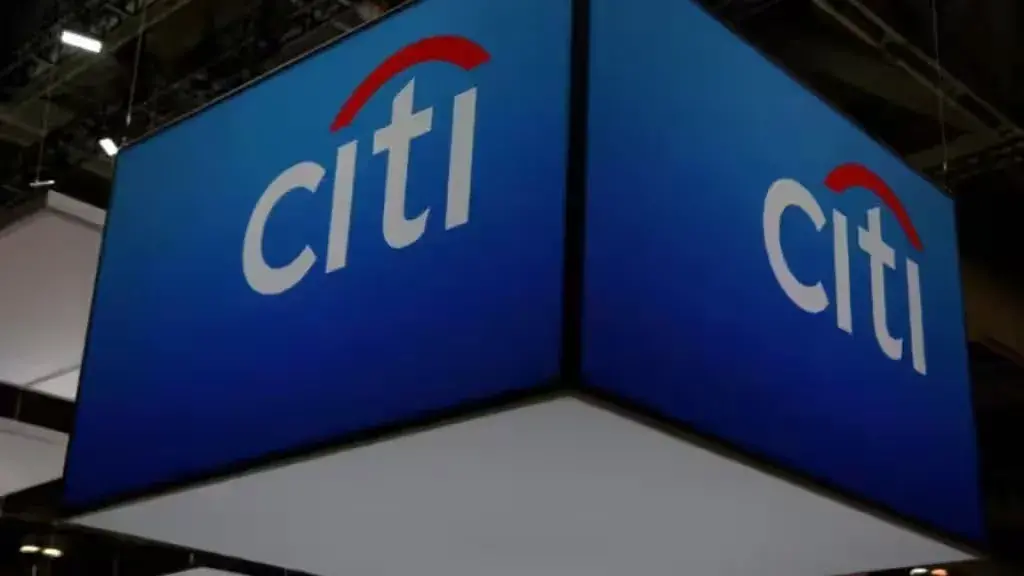ArdorComm News Network
March 14, 2024
LTIMindtree, the sixth largest Indian IT firm, finds itself navigating turbulent waters following Citibank’s restructuring and a wave of high-level executive departures post-merger. Analysts warn that these developments pose significant risks to the company’s wallet share compared to its peers in the IT services industry.
Citibank, a key client for LTIMindtree alongside other major IT firms, is undergoing corporate restructuring to streamline operations and reduce costs. This restructuring may lead Citibank to optimize its IT services budget, potentially impacting its engagements with Indian IT service providers. Jefferies analysts highlight the heightened risk of wallet share loss for LTIMindtree due to management churn and Citibank’s restructuring initiatives.
The departure of LTIMindtree’s CFO, Vinit Teredesai, underscores ongoing integration challenges stemming from the merger. Despite assertions of client satisfaction and seamless delivery, the company continues to grapple with integration-related issues, evident from the string of senior-level exits in the past year.
In response to these challenges, LTIMindtree’s board appointed Vipul Chandra as the new CFO, signaling efforts to stabilize leadership amid the transition. However, the company has witnessed approximately 18 top-level exits, including key CXO positions such as CTO, CBO, and CMO, raising concerns about leadership continuity and integration effectiveness.
Amidst leadership uncertainties, the company is reportedly grooming internal candidates for the CEO role, including Sudhir Chaturvedi, President and Executive Board Member, and Nachiket Deshpande, COO. However, the elevated churn at the senior management level underscores persistent integration hurdles, posing long-term concerns for the company’s stability and growth trajectory.
Despite these challenges, LTIMindtree remains focused on strategic initiatives to address attrition, enhance diversity, and nurture internal talent. The company aims to achieve a 12% reduction in attrition by 2030, along with a 30% increase in diversity. Additionally, it seeks to fulfill 50% of new role requirements through internal talent development, signaling a commitment to long-term sustainability amidst industry headwinds.


